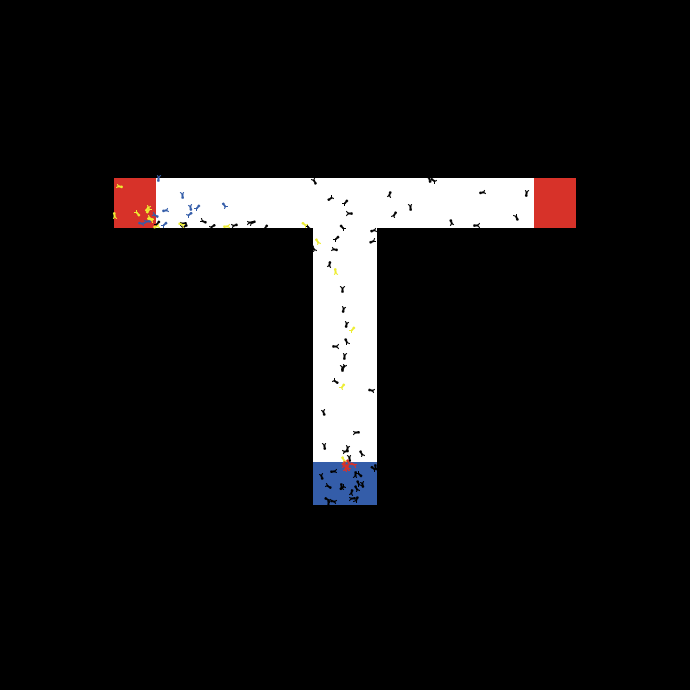Flower constancy and diet diversity
-
Grüter, C., Segers, F.H.I.D. & Hayes, L. 2024. Extensive loss of forage diversity in social bees owing to flower constancy in simulated environments Proceedings of the Royal Society B, 291: 20241036.
Models were built with NetLogo version 6.3 and can be found here
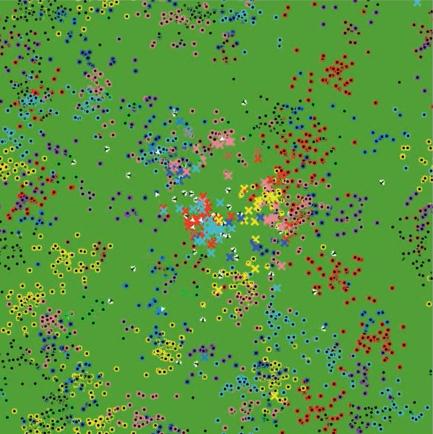
Flower constancy and foraging distances in bees
-
Hayes, L. & Grüter, C. 2023. When should bees be flower constant? An agent-based model highlights the importance of social information and foraging conditions. Journal of Animal Ecology, 92:580–593.
-
Grüter, C. & Hayes, L. 2022. Sociality is a key driver of foraging ranges in bees. Current Biology, 32: 5390-5397.
Models were built with NetLogo version 6.1.:
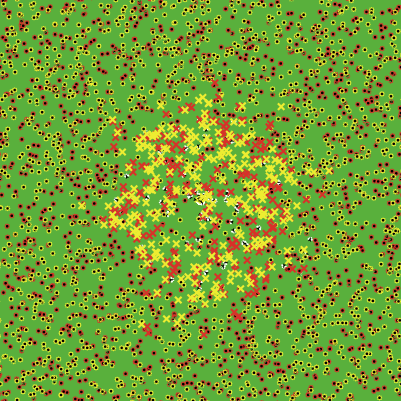
Benefits of tandem running
-
Goy, N., Glaser, S.M. & Grüter. 2021. The adaptive value of tandem communication in ants: insights from an agent-based model. Journal of Theoretical Biology, 526: 110762.
Models were built with NetLogo version 6.1.:
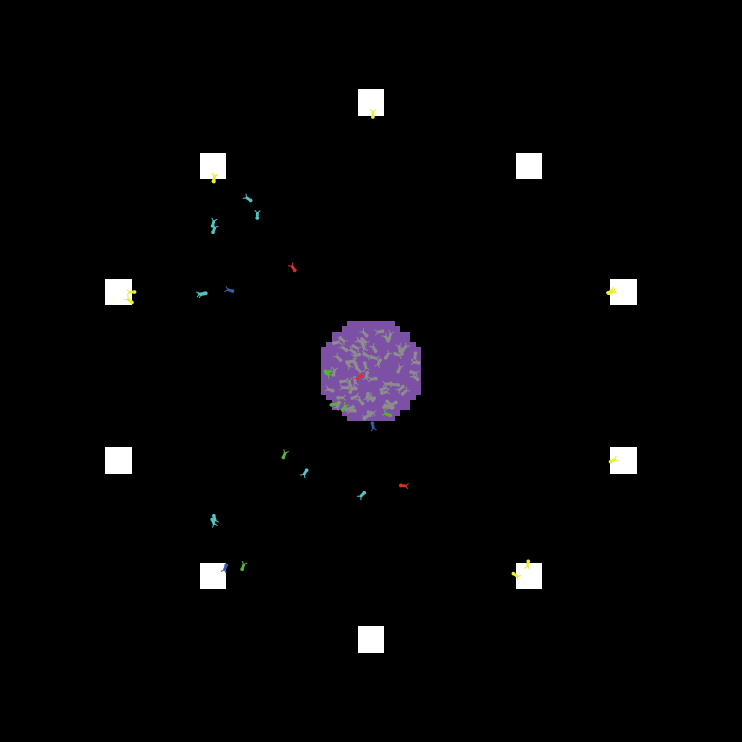
Benefits of dance communication
-
Schürch, R. & Grüter, C. 2014. Dancing bees improve colony foraging success as long-term benefits outweigh short-term costs. PLoS ONE, 9: e104660.
-
I’Anson Price, R., Dulex, N., Vial, N., Vincent, C. & Grüter, C. 2019. Honeybees forage more successfully without the "dance language" in challenging environments. Science Advances, 5: eaat0450
This model was built with NetLogo version 4.1.3
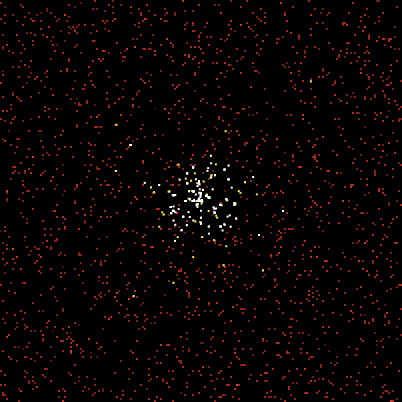
Task partitioning in insect colonies
- Grüter, C., Schürch, R. & Farina, W.M. 2013. Task-partitioning in insect societies: non-random direct material transfers affect both colony efficiency and information flow. Journal of Theoretical Biology, 327: 23-33.
This model was built with NetLogo version 4.1.3
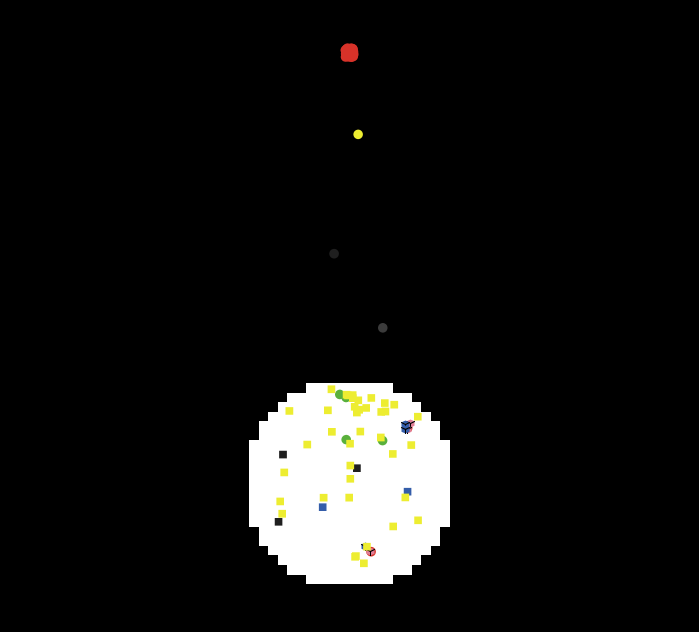
Negative feedback in ants on a T-maze
- Grüter, C., Schürch, R., Czaczkes, T.J., Taylor, K., Durance, T., Jones, S.M. & Ratnieks, F.L.W. 2012. Negative feedback enables fast and flexible collective decision-making in ants. PLoS ONE, 7(9): e44501.
This model was built with NetLogo version 4.1.2
